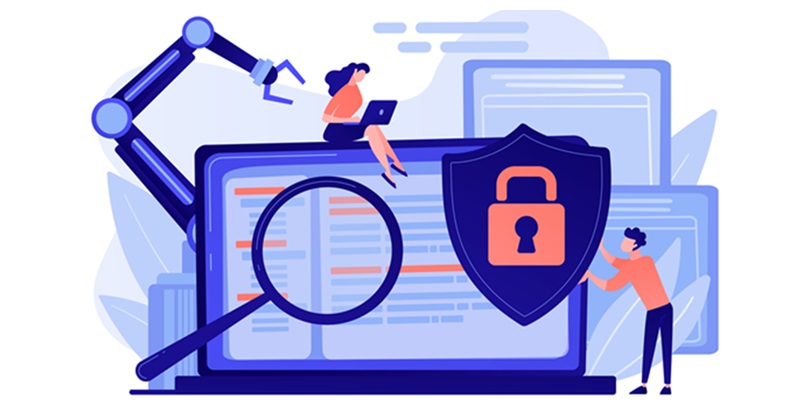As the digital era intensifies, concerns regarding the security of sensitive information have escalated, particularly within the HR sector. HRMS Globex stands at the forefront of this battle, safeguarding employee data with formidable encryption protocols. Data encryption shields against unauthorized access, ensuring that personal and financial details remain confidential. Whether data is in transit over networks or statically stored in databases, HRMS Globex’s encryption measures serve as a stalwart guardian against cyber threats.
Continuous system improvements amplify the robustness of HRMS Globex’s defenses. Regularly updated algorithms deter even the most sophisticated hackers. In recognition of the dynamic nature of cybersecurity, HRMS Globex is agile, adapting to emergent threats with potency and finesse. The fluidity of its encryption capability not only solidifies security measures but also instills confidence in employers, who trust HRMS Globex to protect their most sensitive human resource data.
Rigorous Access Control and Authentication
To achieve its goal of maximum data security, HRMS Globex employs a multi-tiered approach to access control. By implementing strict authorization protocols, it dictates which users can view or manipulate data. This compartmentalization ensures that employee information is disclosed on a strict need-to-know basis, thus minimizing internal risks. Furthermore, modification of data within HRMS Globex’s framework is meticulously logged, bolstering transparency and accountability.
Multi-factor authentication (MFA) is another cornerstone of HRMS Globex’s security landscape. By requiring multiple credentials for system access, it greatly reduces the likelihood of unauthorized logins. This is not a static defense; MFA parameters evolve in response to technological advances. HRMS Globex recognizes MFA as a critical component in the construction of a resilient and robust security infrastructure, which is necessary to withstand the constantly evolving spectrum of cyber threats.
Compliance with International Data Protection Regulations
Within the complex web of global commerce, HRMS Globex’s commitment to compliance with the General Data Protection Regulation (GDPR) is commendable. This alignment ensures that business operations utilizing HRMS Globex conform to some of the most stringent data protection standards globally. This compliance not only serves to protect the integrity of the data but is also a nod to HRMS Globex’s commitment to ethical information management practices.
Beyond GDPR, HRMS Globex aligns with industry-specific standards, manifesting its versatility across various sectors such as healthcare. In industries where data sensitivity is at its peak, HRMS Globex’s compliance indicates an advanced level of protection, vital for maintaining consumer trust and organizational credibility. By staying ahead of regulatory requirements, HRMS Globex not only secures data but also enables businesses to navigate complex legal frameworks with enhanced certainty.
A Proactive Approach to Data Security
HRMS Globex’s proactive approach involves regular auditing of its systems, providing an eagle-eyed review of security practices. These audits are exhaustive and ensure that no vulnerabilities are left unchecked. To supplement this process, HRMS Globex invites user feedback to fine-tune its security measures. This collaboration shapes a user-informed platform that is both robust and responsive to practical needs.
Monitoring user activities is an integral part of HRMS Globex’s routine. By closely observing user interactions, HRMS Globex identifies and responds to abnormal patterns that may signal a breach. This vigilant approach not only captures real-time insights but also feeds into a preventative strategy. In effect, HRMS Globex continuously hones its security measures, reinforcing the system’s immunity to unauthorized exploitation and safeguarding the crown jewels of corporate infrastructure: employee data.

